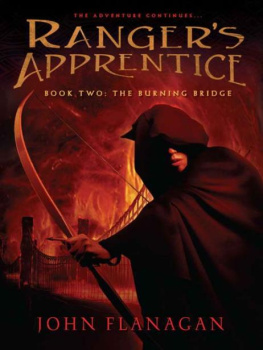John Lewis - Across That Bridge: Life Lessons and a Vision for Change
Here you can read online John Lewis - Across That Bridge: Life Lessons and a Vision for Change full text of the book (entire story) in english for free. Download pdf and epub, get meaning, cover and reviews about this ebook. year: 2012, publisher: Hachette Books, genre: Politics. Description of the work, (preface) as well as reviews are available. Best literature library LitArk.com created for fans of good reading and offers a wide selection of genres:
Romance novel
Science fiction
Adventure
Detective
Science
History
Home and family
Prose
Art
Politics
Computer
Non-fiction
Religion
Business
Children
Humor
Choose a favorite category and find really read worthwhile books. Enjoy immersion in the world of imagination, feel the emotions of the characters or learn something new for yourself, make an fascinating discovery.
- Book:Across That Bridge: Life Lessons and a Vision for Change
- Author:
- Publisher:Hachette Books
- Genre:
- Year:2012
- Rating:4 / 5
- Favourites:Add to favourites
- Your mark:
- 80
- 1
- 2
- 3
- 4
- 5
Across That Bridge: Life Lessons and a Vision for Change: summary, description and annotation
We offer to read an annotation, description, summary or preface (depends on what the author of the book "Across That Bridge: Life Lessons and a Vision for Change" wrote himself). If you haven't found the necessary information about the book — write in the comments, we will try to find it.
Across That Bridge: Life Lessons and a Vision for Change — read online for free the complete book (whole text) full work
Below is the text of the book, divided by pages. System saving the place of the last page read, allows you to conveniently read the book "Across That Bridge: Life Lessons and a Vision for Change" online for free, without having to search again every time where you left off. Put a bookmark, and you can go to the page where you finished reading at any time.
Font size:
Interval:
Bookmark:

To my wife, Lillian,
My parents, Eddie and Willie Mae Lewis,
and all the builders of the Beloved Community
United States Representative John Lewis still has the scars from the beatings he took for civil rights half a century ago. But the more telling mark on the longtime congressman, whose life traces the movement that brought America out of those dark times, is in his undiminished capacity for hope, faith, and love. He is our apostle of quiet strength. His eyebrow raised or finger wagged carries more weight than a hundred bombastic speeches or clever pontifications.
G. K. Chesterton, when contemplating Thomas Carlyles heroes, wrote that true greatness emanates from an ecstasy of the ordinary. That grandest of all human qualitiesauthenticity of spiritwas on understated display in the late summer of 2010 when John entered Our Lady of the Gulf Church in Bay St. Louis, Mississippi, shaking off the rain and wiping his wet feet on the welcome mat, a humble pilgrim come to pray. The occasion was the fifth anniversary of Hurricane Katrina, and a group of us had come to pay our respects to the lovely seaside community left ravaged by that horrific storm. Flood waters gone, the Catholic shrine was bathed in candlelight and the aroma of incense wafted on the air. Like Lewis, Bay St. Louis still showed the scars of the past, but both had survived and emerged stronger through a mighty confluence of faith, hard work, and resilience. This is a beautiful, beautiful church, John observed that day. You can get a sermon just by coming in here and sitting for a while.
That struck me, for as this small, reflective memoir demonstrates, you can get a lesson by just sitting for a while with John too. Here is a gracious man who exudes the goodness that his life has helped create. Every young person should read this homily on civility, a welcome antidote to the noisy clatter of self-indulgence exemplified by the surge of the me-me-me social media in our lives.
Concerned that still-stricken hamlets had gone forgotten in the national medias focus on New Orleanss recovery, John had invited me (as the author of The Great Deluge , a chronicle of Katrinas devastation) to accompany him to Bay St. Louis and Waveland, Mississippi, where he had long ago sought schooling in civil disobedience, to reflect on the losses and revival of the region. We were also with Ruby Bridges, the woman who had bravely integrated New Orleanss William Franz Elementary School in 1962 when she was only eight years old.
Most of our groups hosts in Mississippi were conservative Republican admirers of Ronald Reagan and George W. Bush, but one wouldnt have guessed it from the respect and affection they lavished on a man considered one of the most liberal members of Congress. Johns power, in the end, is that he loved his hosts, regardless of skin color or party affiliation, no matter the time or place. Nary a hint of partisan discord surfaced as our delegation visited the Gulf Coast landmarks, ate barbecue, and swapped stories with the locals. John showed no interest in scoring points or ascribing blame for the handling of Katrinas aftermath; he had brought his delegation to Mississippi solely to continue the healing. All he asked of us was to remember the miracles Katrina had wrought, and to pursue that spirit. John served that day, as on so many throughout his career, as the embodiment of the power of forgiveness.
That gently righteous aura attended John long before Georgias Fifth District first elected him its U.S. congressman in 1986. He grew up a poor sharecroppers son in Troy, Alabama, toiling from dawn to dusk in cotton and corn fields. The segregated South offered numerous visceral ways to experience the horrors of institutional bigotry, not all of them as obvious as the ubiquitous signs marking facilities White or Colored. Johns color forbade him from checking books out of the library, but it didnt stop him from learning that freedom demands sacrifice and fortitude. He realized he would have to lay his body on the line for civil rights. Armed with the discipline and philosophy of nonviolence, the most impenetrable of shields, John became a warrior of love.
At the age of eighteen, John encountered the Reverend Martin Luther King Jr., and took up the nonviolent resistance that would fuel and sustain the battle for civil rights. The ignorance and contradictions of Jim Crow were too much for him to bear. John became a leader of the lunch counter sit-in movement, and remained steadfast throughout a repetitive cycle of appalling incidents. The day after John F. Kennedy was elected president, he sat down to eat at the Krystal Diner in Nashville, Tennessee. When the waitress refused him service, John persisted until she seemed to have relentedbut then she poured disinfectant down Johns back, and a pitcher of water over his food. The diners manager, meanwhile, trained a fumigation sprayer on him, burning him as he would a cockroach.
That level of violent humiliation would deter most people, but John had launched himself to implement the U.S. Supreme Courts 1954 Brown v. Board of Education of Topeka decision, which had ruled against separate but equal facilities for blacks and whites. John was not about to stop fighting until the Souths system of Jim Crow laws was exposed and eradicated once and for all.
In May 1961, he took part in the first of the storied Freedom Rides that brought busloads of black and white civil rights activists through Dixie, where protestors were routinely and brutally attacked. The future congressman and his colleagues were kicked, clubbed, and punched from Rock Hill, South Carolina, to Montgomery, Alabama. They did not fight back. Through John and his fellow protestors, the nonviolent resistance that defined the Civil Rights Movement and gave it its power became more than a willingness to bleed for the idea that our time has come . It became the very symbol of the power of faith to transform the destiny of a nation.
In 1963, John proudly accepted an invitation to speak at the pivotal March on Washington in favor of what would become, one year later, the Civil Rights Act, and two years later the Voting Rights Act. As it now stands, the voting section of this bill will not help the thousands of black people who want to vote, he intoned from the steps of the Lincoln Memorial. It will not help the citizens of Mississippi, or Alabama and Georgia, who are qualified to vote but lack a sixth-grade education. One man, one vote, is the African cry. It is ours too. It must be ours.
And so it was, because of John and his fellow foot soldiers in the Civil Rights Movement: he and the other founders of the Student Nonviolent Coordinating Committee (SNCC). The nonprofits missionwhich John endorsed and defended with undaunted couragewas racial equality. The SNCC frequently found themselves beaten bloody on their crusade against segregation. White mobs taunted and tormented them simply for demanding their constitutional right to vote. John and all his fellow saints held to their principles and their faith; they refused to back down no matter how many blows rained upon them at lunch counters and swimming pools and Laundromats. These decades later, those scars act as a reminder of what John and others had to sacrifice.
As this book shows, Lewis did not emerge a beaten man. Quite the contrary: every punch, every kick, every jeer made him only more determined to love his fellow man. His lifes goal remains dazzlingly audacious: no less than the creation of the Beloved Community of America, where God is made manifest, the exiled brought home.
Signs dividing White from Colored no longer stain todays South. America is better than that now, thanks to those who endured so much to make it so. Back in the mid-1960s, the South counted fewer than fifty black elected officials. Now there are more than 6,000, and President Barack Obama leads the free world. In 2009, even South Carolinas Elwin Wilsona onetime white supremacist who punched John during a Freedom Rideapologized for his long-ago hatred. Afterwards, John hugged the sixty-eight-year-old Wilson like a brother. This reconciliation represents the perfect expression of the twin pillars of Johns philosophy of forgiveness and redemption.
Font size:
Interval:
Bookmark:
Similar books «Across That Bridge: Life Lessons and a Vision for Change»
Look at similar books to Across That Bridge: Life Lessons and a Vision for Change. We have selected literature similar in name and meaning in the hope of providing readers with more options to find new, interesting, not yet read works.
Discussion, reviews of the book Across That Bridge: Life Lessons and a Vision for Change and just readers' own opinions. Leave your comments, write what you think about the work, its meaning or the main characters. Specify what exactly you liked and what you didn't like, and why you think so.

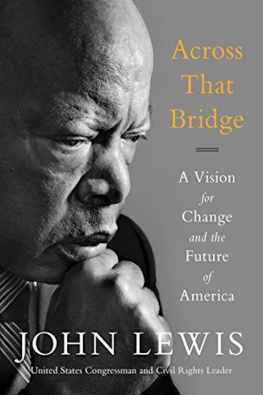
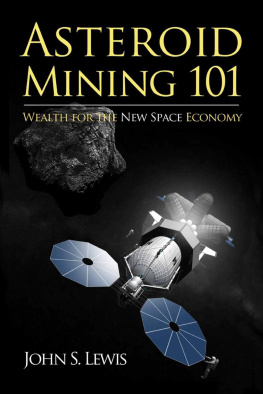

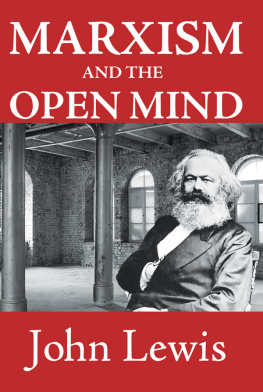

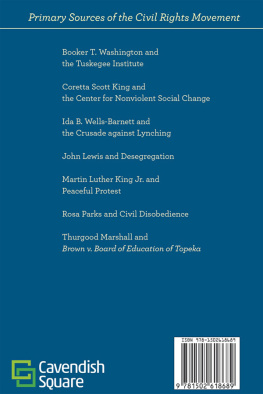
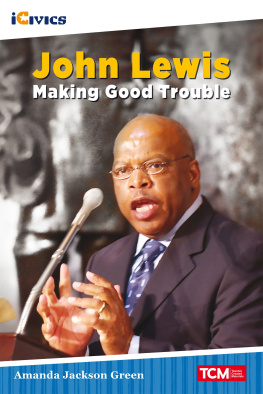
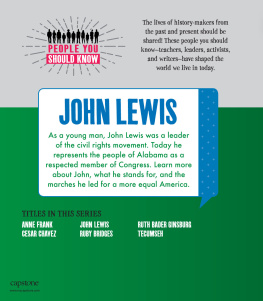
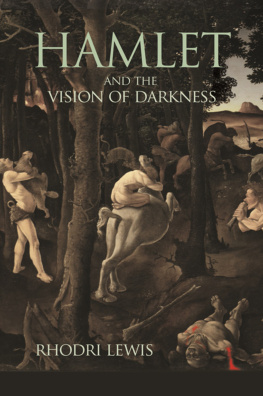



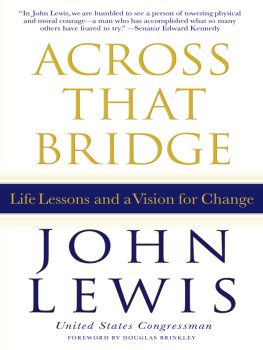
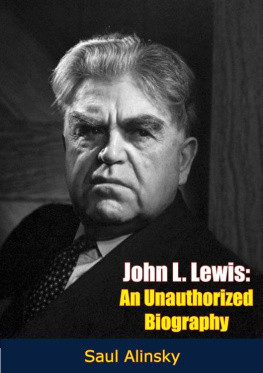
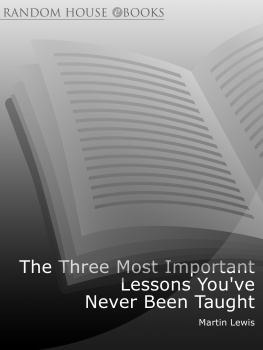
![Sarah Lewis [Sarah Lewis] - Positive Psychology and Change](/uploads/posts/book/124055/thumbs/sarah-lewis-sarah-lewis-positive-psychology-and.jpg)
